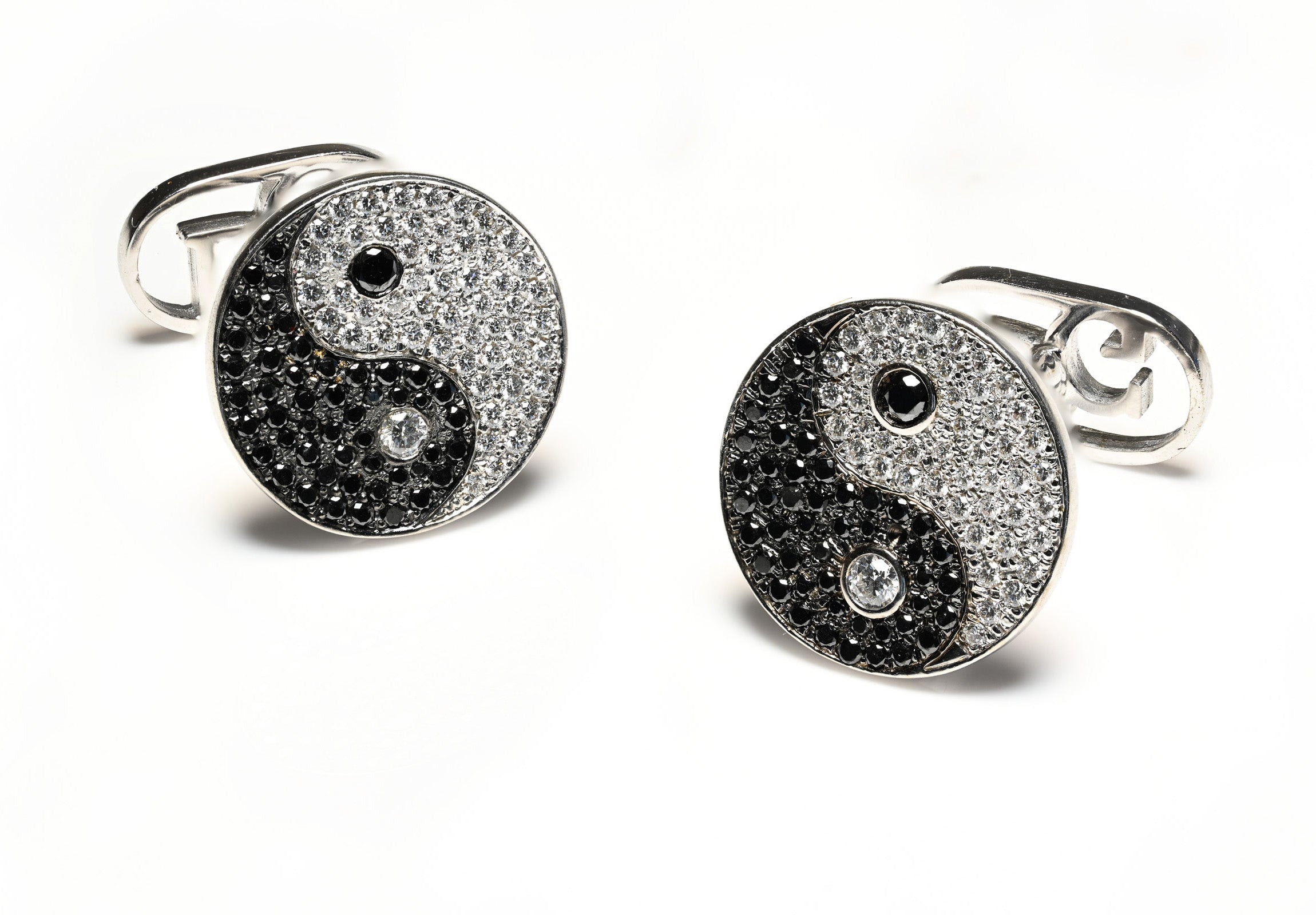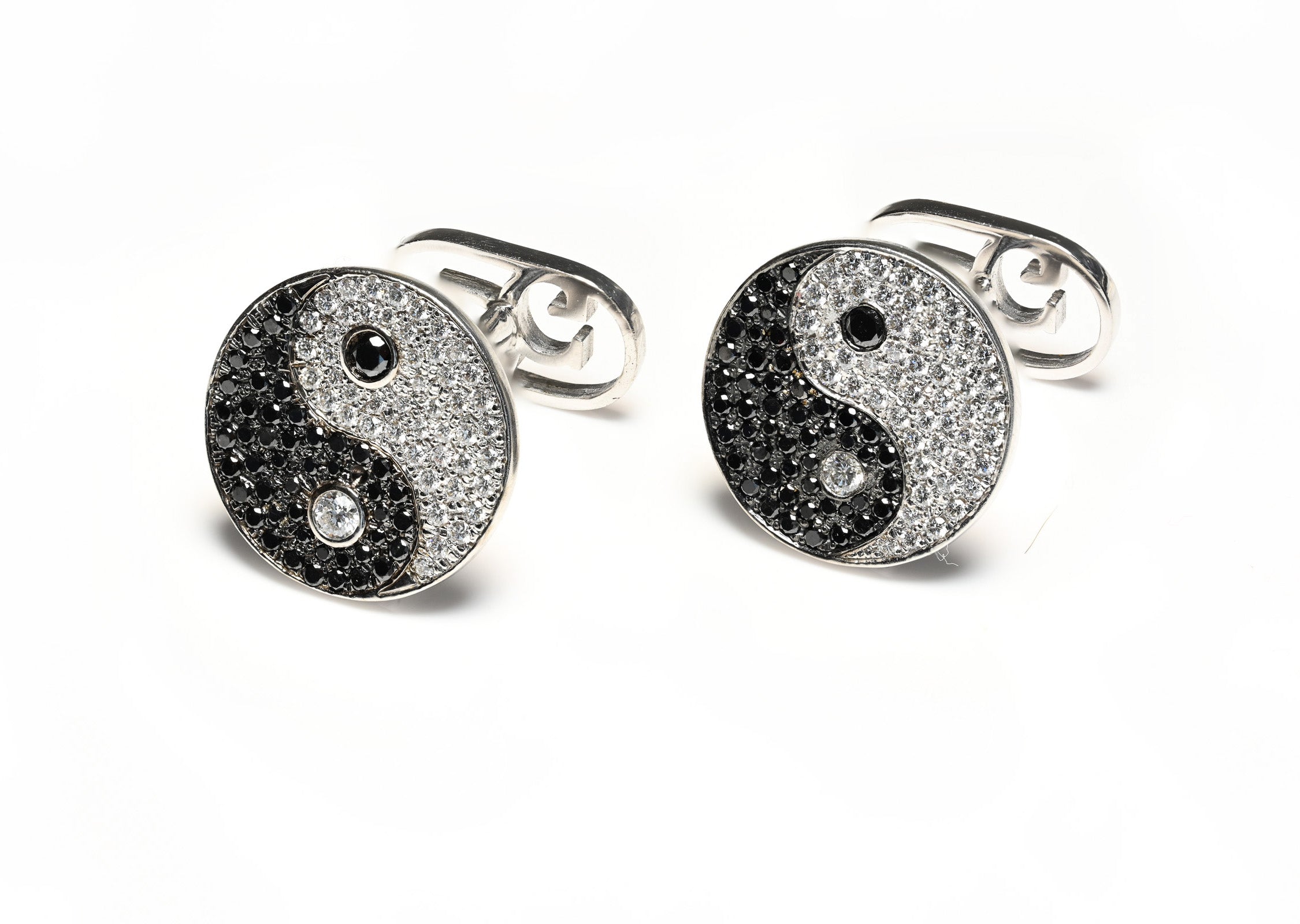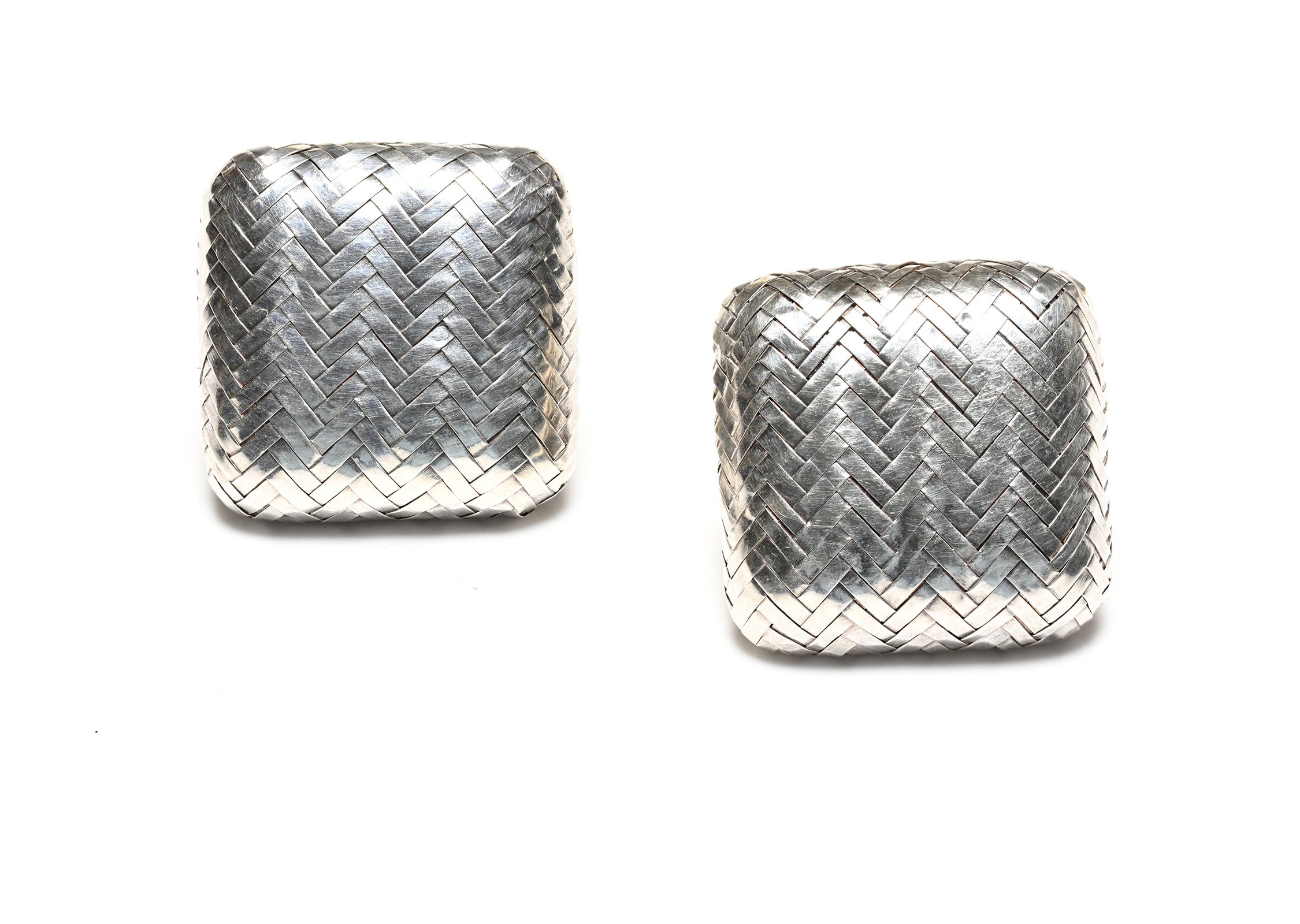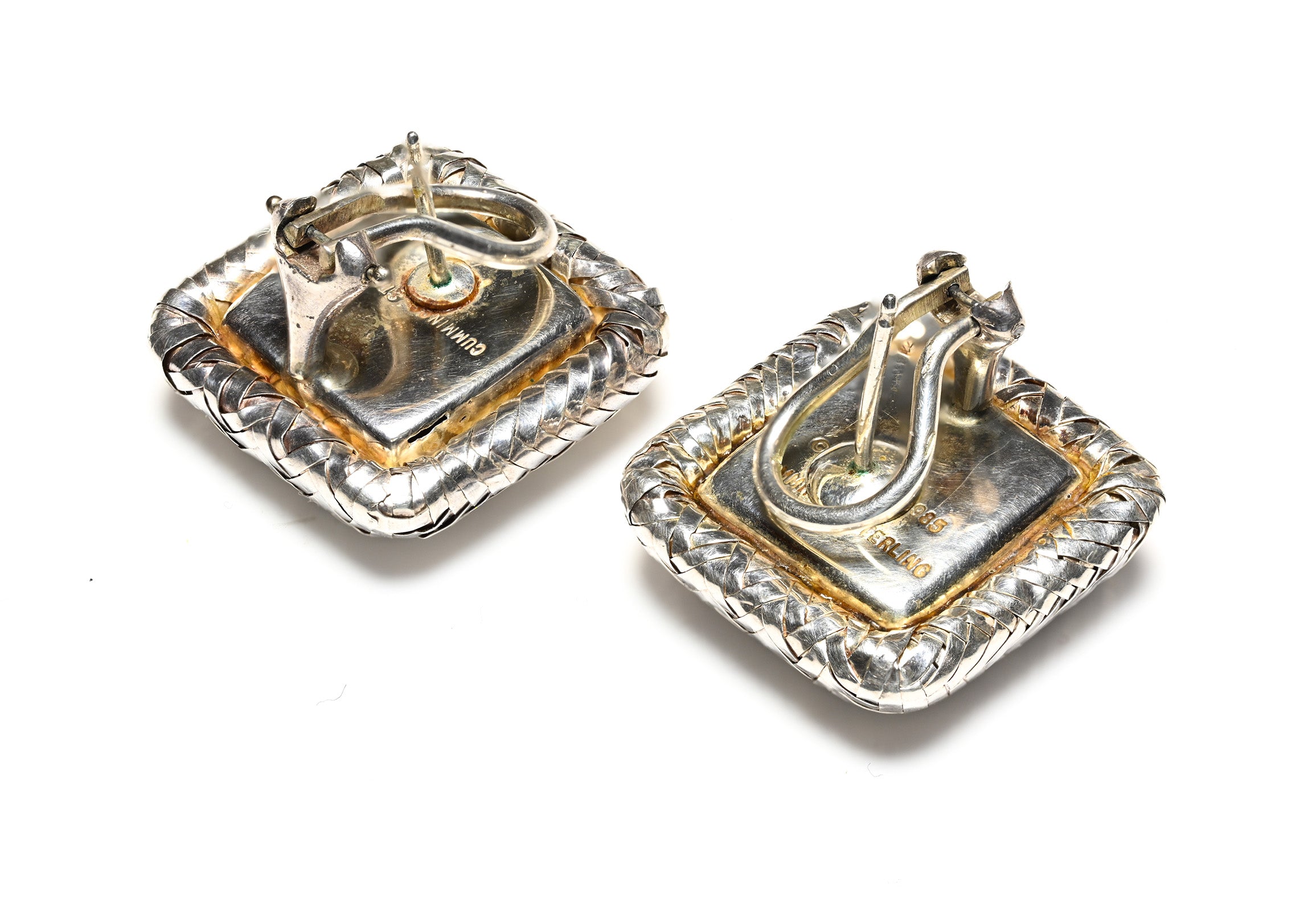
Amazing Discoveries: Music Can Heal The Heart And Brain
Listening to music improves endothelial function in patients with coronary artery disease, according to a research study presented at the CES Congress by professor Marina Deljanin Ilic from the University of Niș, Serbia.
As Professor Deljanin Ilic argues, "In the context of cardiovascular risk factors, the endothelium loses its normal function", professor Deljanin Ilic explained.
Physical exercises are known to improve endothelial function and are the cornerstone of a multi-faceted cardiac rehabilitation program. However, little is known about the role of music in cardiovascular rehabilitation or its effects on endothelial function.
Revealing The Mysteries of Music
The research study was conducted on a group of 74 patients with stable coronary artery disease, divided into three groups. Each group followed a specific activity: listening to their favorite music for 30 minutes a day, a sports training program and finally listening to generic music.
The combination of music and exercise led to improved endothelial function. Its improvements were associated with significant improvements in exercise capacity. Endorphins are compounds released by the brain when listening to favorite music as well as when exercising.
In short, concludes the researcher, listening to favorite music plus regular exercise improves endothelial function and therefore may be one way to help rehabilitate patients with coronary heart disease.
But there is no "ideal" music for everyone. It is the patients themselves who have to choose. The music you prefer actually increases positive emotions and makes you happy or relaxed.
What Effect Does Music Have On The Brain?
What is the relationship between musical notes and our brains? What happens in our heads when we play or compose a piece of music? American neurologist and musician Jamshed Bharucha set out to find out. And he had some surprising results.Together with Charles Limb, a surgeon who studies neuroscience as applied to music, Jamshed Bharucha monitored jazz musician Vijay Iyer's brain with a brain scanner while he played a piece on the piano in a moment of intense concentration.
Charles Limb brought together jazz musicians and rappers by scanning their brain functions, subjecting them to functional magnetic resonance imaging as they created music or "rapped". This system measures blood flow in the brain.
The images from these "creative brains" showed complicated activity and revealed a common feature, namely a decline in activity in the prefrontal cortex (which is associated with cognitive analysis and abstract thinking). This area of the brain during musical activity is not "shut down", but puts in a secondary position certain processes that are usually placed first, such as conscious self-monitoring, i.e. the desire to perform a task or gesture correctly.
Therefore, according to scientists, a part of the brain associated with the autobiographical and self-reflective self becomes more or less active in musicians intending to compose a song. Improvisation can take place at different levels, but experienced musicians have a greater ability to improvise and at a much deeper level than ordinary people.

As a result of these experiments, Charles Limb said he could not imagine humanity existing without creativity. He believes there is a biology to everything that is created musically.
But that's not all. According to the researchers, music also has healing powers, especially for neurologically impaired patients with brain damage, or those suffering from Parkinson's disease and stroke, who have lost some of their abilities. The emotional content of music is actually able to help them regain access to these functions.
There are still many mysteries surrounding music, and, with the passage of time, scientists will come to know more and more of them.


















